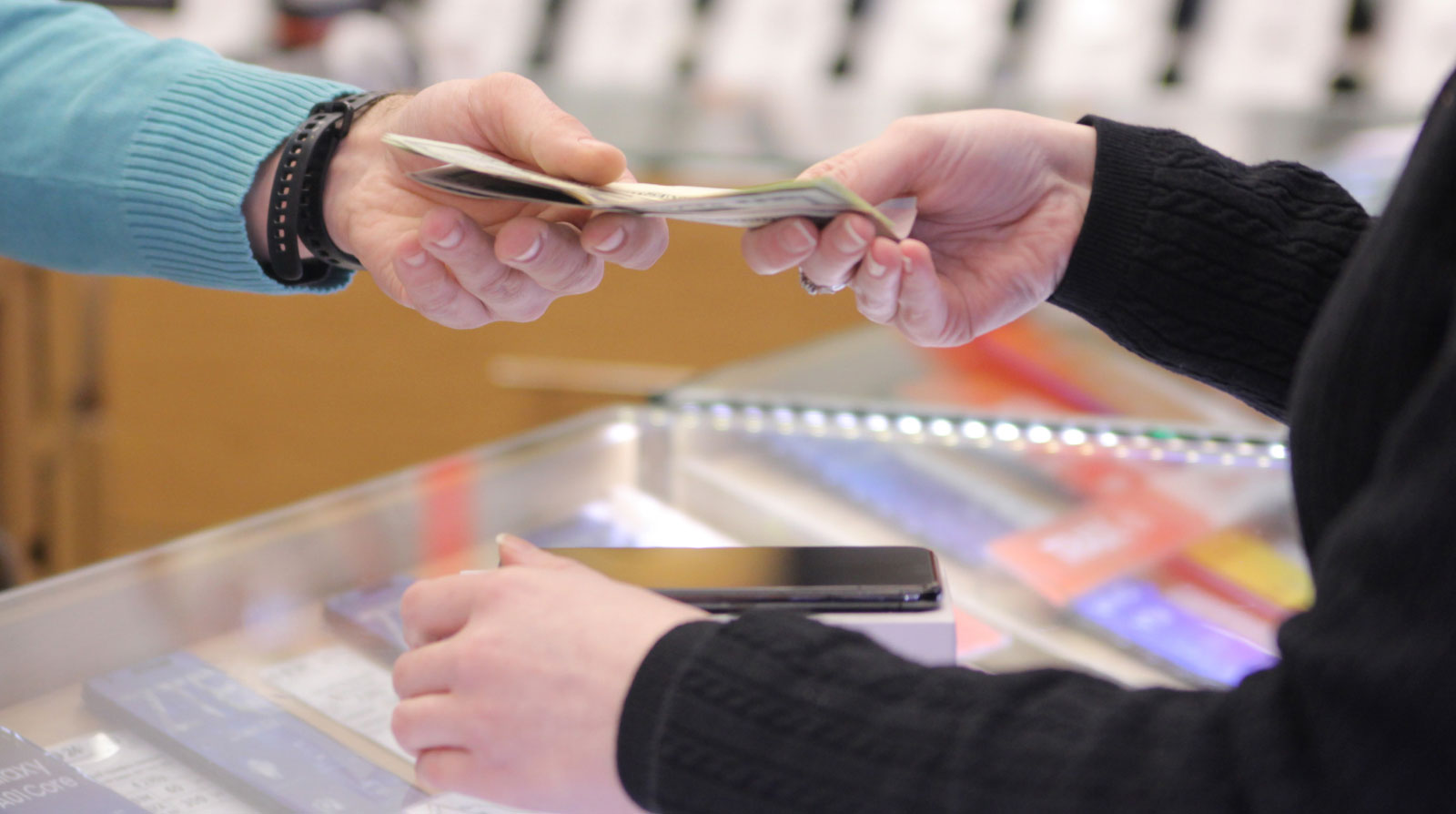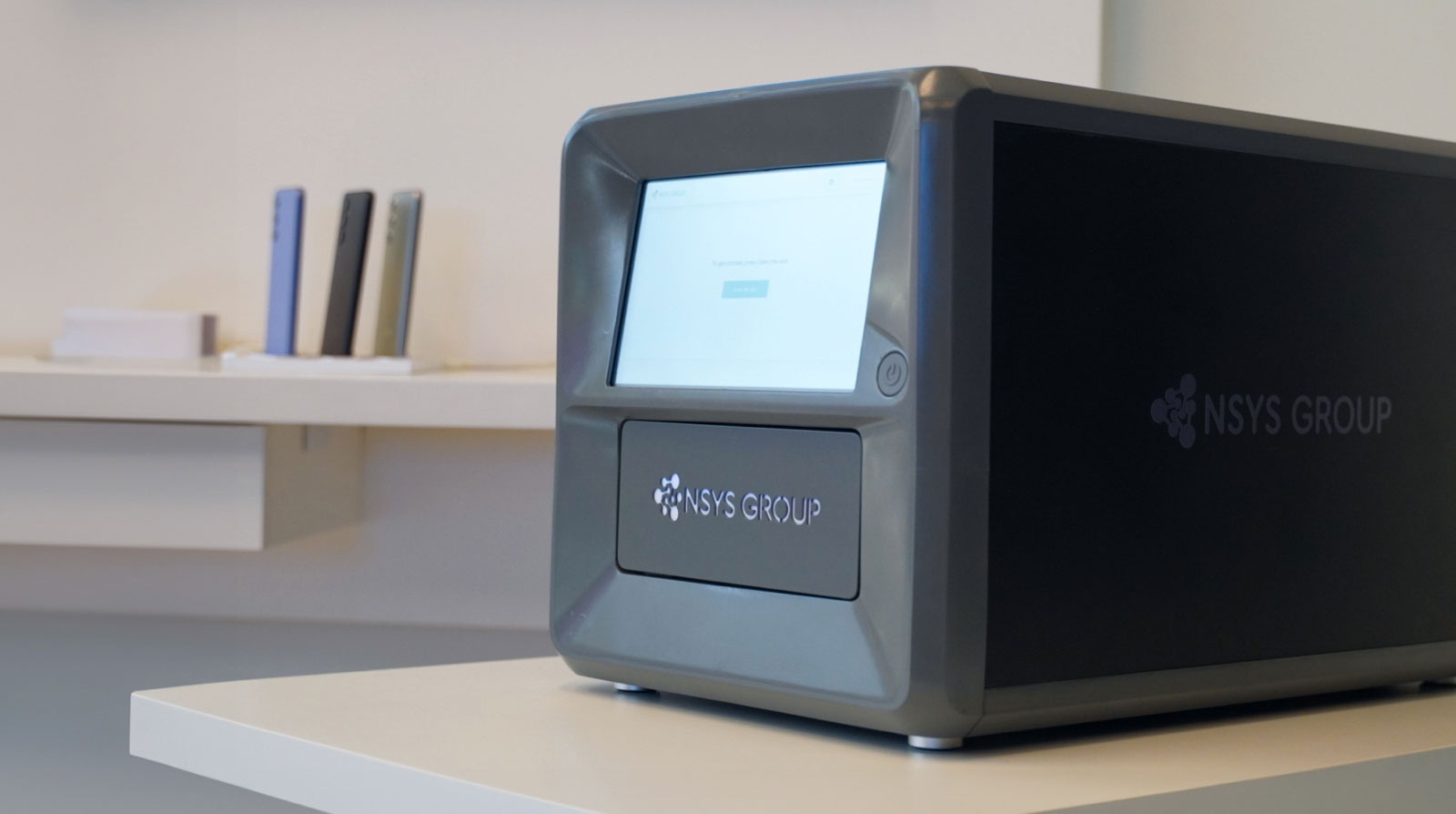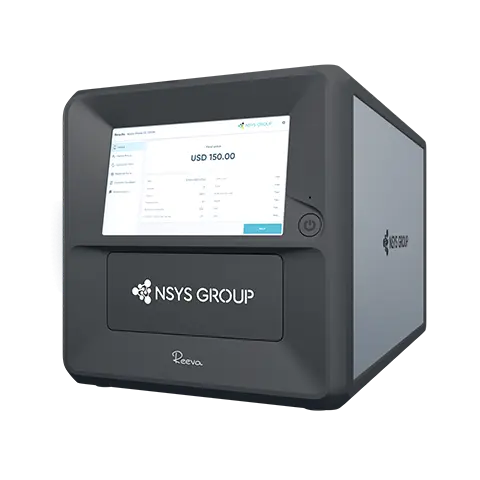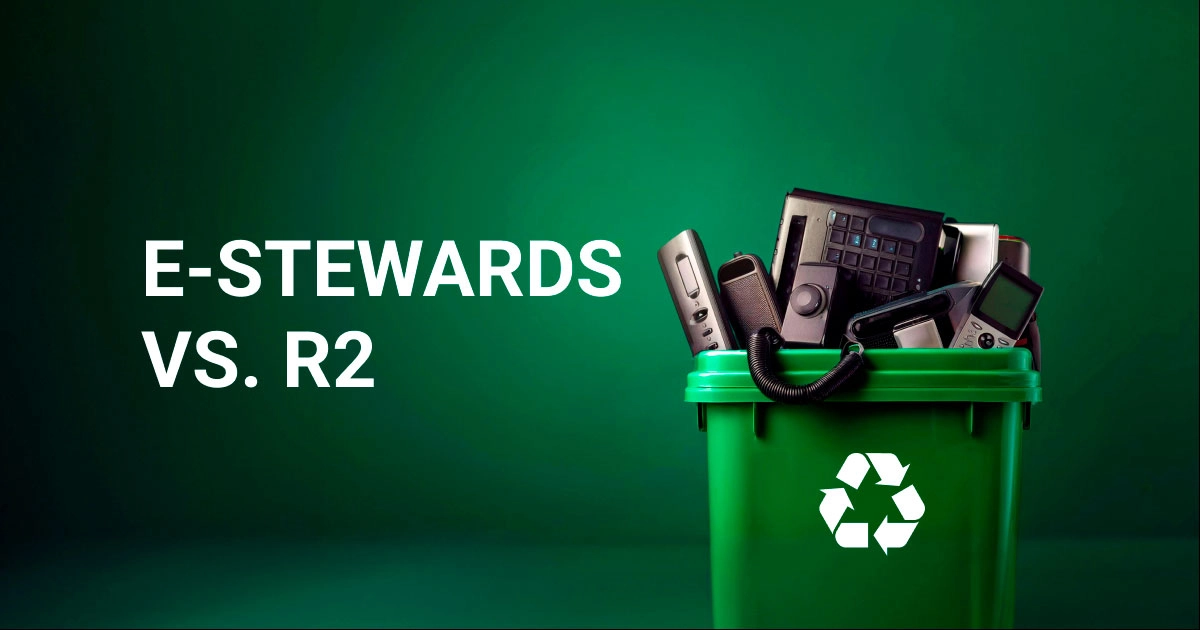Trade-in deals are a significant source of potential income for used device businesses and a competitive advantage that attracts more clients. However, buyback deals require special skills: your staff should be able to quickly estimate the functional and cosmetic conditions of the device and set a fair price. In this article, we explore how to optimize trade-in deals while ensuring accurate evaluation of phones purchased. Join us!

How Do Phone Trade-Ins Work?
At some point, one doesn't need their phone anymore because it either stops working properly, becomes outdated, or no longer fits their needs. But what can be done with such an old used device? Trade-in a phone might be the best option: it is easy, cost-efficient, and sustainable. By trading in used electronics, the person receives money and extends the device lifecycle, contributing to the circular economy and reducing the amount of e-waste.
Apart from benefiting the client, trade-in devices work great for businesses. Here are the main reasons that make buyback services profitable:
- They provide a competitive advantage. When a person sells their old device, they most likely want to buy a new one. It is convenient to do both in one place so that buyback service will attract more customers to your store.
- They create a stable flow of used devices. You can repair or refurbish these phones and then resell them. To make reselling more profitable, prove the quality of the trade-in devices with testing certificates. They will help you set higher prices and provide longer warranty periods.
- They bring the customer to your physical store. Although there are options for online trade-in, the most common scenario for the deal is that the client visits your store and interacts with the staff. It creates a great opportunity to grow your reputation and customer trust. Moreover, face-to-face communication increases the chances of additional sales, which are the most profitable in our industry.
How to Perform Trade-Ins in Your Store?
It's crucial to quickly yet accurately assess the device's condition during the buyback process. Following this step-by-step plan will help you do it efficiently:
-
Grade the device. Cosmetic condition significantly influences the trade-in price as all defective parts will need to be repaired, leading to additional time and financial costs. We explore the grading criteria and how to implement them in this article in detail; read it for more information on the topic.
-
Check the IMEI number. This identifier will provide basic information about the device. However, software solutions, like NSYS Diagnostics, can detect more data based on the IMEI, including financial, SIMlock, and MDM statuses.
-
Check the condition of internal parts. Manual inspection for parts like the camera, battery, sensors, microphones, etc., takes a lot of time and is prone to human error. Therefore, it's better to use software or robotic testing, which saves time and ensures accuracy.
-
Verify the authenticity of the device and its parts. Although they may look like original phones, counterfeits lack quality and features, worsening user experience. Therefore, fake devices result in financial loss, and if you accidentally try to sell them, can damage your reputation.
-
Estimate the price based on the results of grading and testing. The price should be appealing to both you and the client, so it's important to keep it balanced. Research what prices your competitors offer and adapt them accordingly.
-
Erase the personal data of the previous owner. When the deal is completed, securely delete all data from the device. Use certified solutions, such as NSYS Data Erasure, to ensure information is erased irrecoverably in accordance with international guidelines. It protects personal data and prevents data breaches.

What Are the Most Common Problems of Trade-In Deals?
You should be aware of the most common issues that occur during trade-ins. First of all, manual device processing is prone to inconsistent results: due to subjectivity, employees might set wrong grades, miss some functional tests, or make other mistakes. This results in financial losses as defective devices will require repairs.
Moreover, the risk of fraud is high. The worker might deceive the client by quoting a higher price and keep some of the money for themselves.
One issue that must also be considered is the time the buyback process takes. Your clients want to sell their devices quickly, and spending too much time on that will lower their satisfaction with your services.
However, all of these problems can be solved by automation. It removes subjectivity and human error from the process and provides a stable and predictable workflow.
How to Optimize Trade-In Deals?
NSYS Group has developed a cutting-edge robot, Reeva, that completely automates the trade-ins and performs phone testing, grading, pricing, and wiping in less than 5 minutes!
Reeva also serves as a customer attraction: people want to experience the testing robot firsthand and trust its independent results more than the price set by the store worker. This robotics innovation is a huge competitive advantage as it provides testing certificates, proving the quality of the device.
Click the link below to try Reeva for your business!








